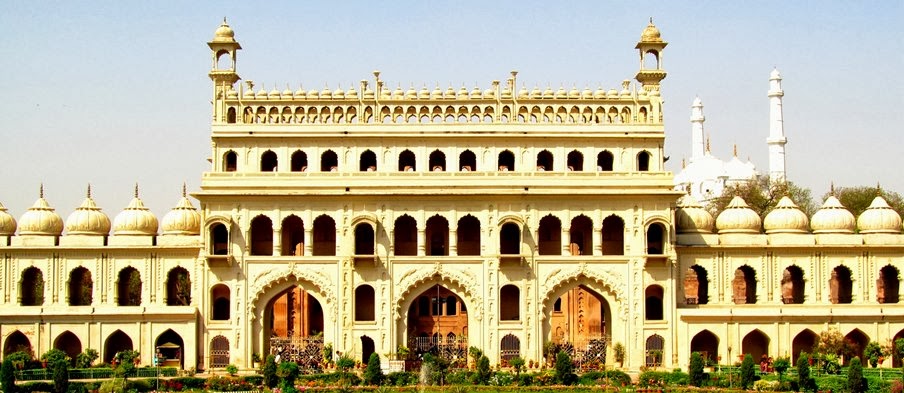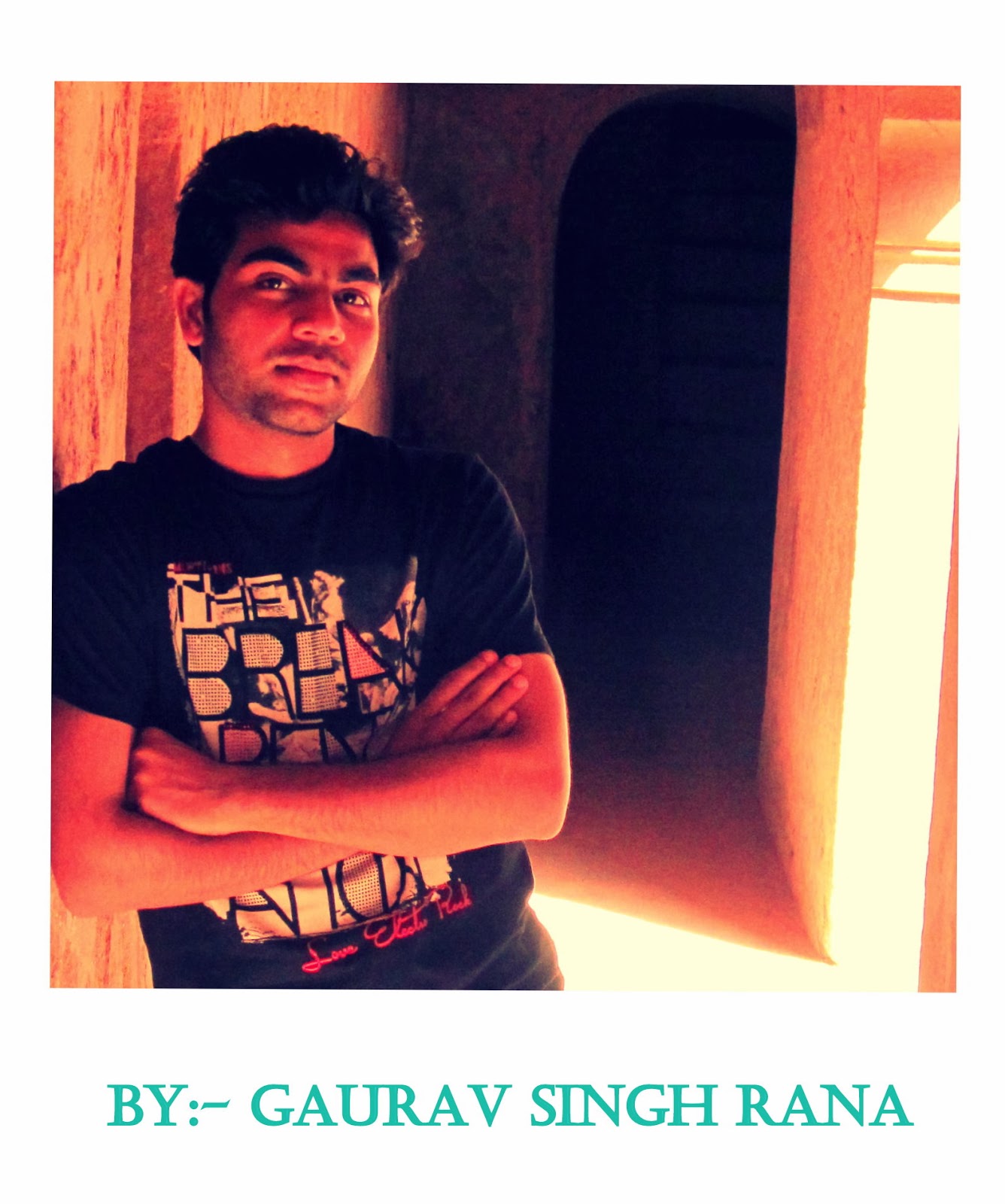BARA IMAMBARA
Bara Imambara (Urdu: بڑا امامباڑا, Hindi: बड़ा इमामबाड़ा) is an imambara complex in Lucknow, India, built byAsaf-ud-Daula, Nawab of Lucknow, in 1784. It is also called
the Asafi Imambara.
Bara means big, and an imambara is a shrine built by Shia Muslims for the purpose of Azadari. The Bara Imambara is among the grandest buildings of Lucknow,
The complex also includes the large Asfi mosque, the bhulbhulayah (the labyrinth),
and bowli, a step well with running water. Two imposing gateways
lead to the main hall.
Construction of Bara Imambara was
started in 1785, a year of a devastating famine, and one of Asaf-ud-Daula's objectives in embarking on
this grandiose project was to provide employment for people in the region. It
is said that ordinary people used to work in the day building up the edifice, while noblemen and other elite worked at night.
It was a project that preceded a Keynesian like intervention for
employment generation. Construction of the Imambara was completed in 1791.
Estimated cost of building the Imambara ranges between half a million rupees to
a million rupees. Even after completion Nawab used to spend between four and
five hundred thousand rupees on its decoration annually.
There is also a blocked (tunnel)
passageway which, according to legends, leads through a mile-long underground
passage to a location near the Gomti river. Other
passages are rumoured to lead to Faizabad (the former seat of power of the
Nawabs), Allahabad and even to Delhi.
They exist but have been sealed after a period of long disuse as well as fears
over the disappearance of people who had purportedly gone missing, while
exploring.
The Rumi Darwaza (Hindi: रूमी दरवाज़ा, Urdu: رومی دروازه, and sometimes known as the Turkish Gate), in Lucknow, Uttar Pradesh, India, is an imposing gateway which was built under the patronage of Nawab Asaf-Ud-dowlah in 1784.[1] It is an example of Awadhi architecture.[1] Being an entrance to the city of Lucknow, Russell, the reporter of The New York Times who accompanied the victorious British army that entered Lucknow in 1858, after India's First War of Independence, had called the stretch of road from Rumi Darwaza to Chattar Manzil the most beautiful and spectacular cityscape that he had ever seen, better than Rome, Paris, London and Constantinople.[1] The Rumi Darwaza, which stands sixty feet tall,[1] was modeled (1784) after the Sublime Porte (Bab-iHümayun) in Istanbul.[2]
It is adjacent to the Asafi Imambara in Lucknow and has become a logo for the city of Lucknow. It used to mark the entrance to Old Lucknow City, but as the City of Nawabs grew and expanded, it was later used as an entrance to a palace which was later demolished by the British insurgents.
Husainabad Clock Tower (Ghanta Ghar). A british landmark, Set in a park with the somewhat poorly curated picture gallery and a lake. A great place for sunset. The ticket for Bara Imambara also grant admission here















Comments
Post a Comment